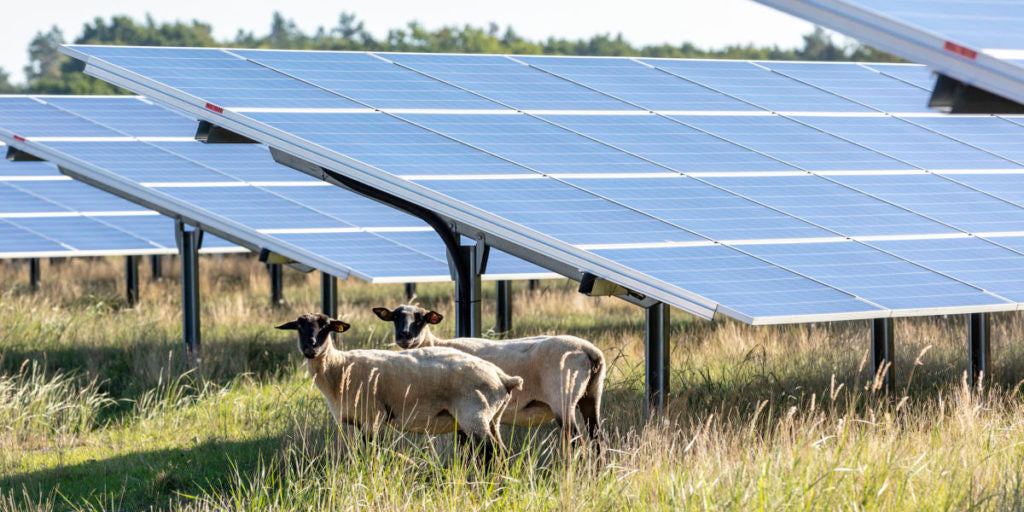https://www.pv-magazine.com/2022/09/12/transparent-organic-pv-materials-for-solar-window-applications/
Transparent organic PV materials for solar window applications

Image: Michigan State University
Researchers from Michigan State University have designed a transparent organic photovoltaic (TOPV) material for solar window applications in commercial buildings.
“We have used these types of materials in pilot production of transparent solar modules at Ubiquitous Energy,” researcher Annick Anctil told pv magazine. “We have recently installed these transparent solar modules on campus.”
The scientists proposed two different materials for two different kinds of solar glass. One is based on phthalocyanine (ClAlPc), a class of colorant that is commonly used for automotive paints, printing ink, and paper. The other one is developed with heptamethine (CyTPFB), which is a near-infrared fluorescence (NIRF) compound that has recently emerged as a promising agent for drug delivery. According to the researchers, the materials offer higher transmittance of visible light than conventional semi-transparent building-integrated photovoltaic (BIPV) modules and selective absorption of near-infrared radiation (NIR).
The ClAlPc and CyTPFB are used as top layers of the TOPV device, which consists of deposited layers of indium tin oxide (ITO) and molybdenum oxide (MoO3), and bathocuproine (BCP).
“ITO is deposited by sputtering, and all other layers are deposited by vacuum deposition except the CyTPFB active layer, which is deposited using a solution process,” the researchers stated.
They simulated the use of the proposed materials in the windows of five commercial buildings in four different climates in the United States – Detroit, Los Angeles, Phoenix, and Honolulu.
“The TOPVs are assumed to be deposited inside the glass windows of the commercial buildings. The maximum window size is 2.1 meters by 3.7 meters, with silver grid covering 11 % of the window area,” the scientists explained. “The power conversion efficiency practical limit for ClAlPc TOPV is 10 %, and 11 % for CyTPFB TOPV.”
Popular content
The researchers said that both versions of the solar glass have expected lifecycles of 20 years. The efficiency at the end of that period should be around 60% of the original efficiency, the claimed. They also found that the CyTPFB TOPVs have a 26.1% higher lifecycle impact than ClAlPc TOPVs, due to the higher energy demand of the synthesis and solution deposition processes.
“For most buildings, CyTPFB TOPVs have higher energy benefits because of a higher power conversion efficiency, but for hospitals, ClAlPc TOPVs perform better because of their spectral properties,” the scientists explained.
The group presented the TOPV technology in “Net energy and cost benefit of phthalocyanine and heptamethine transparent photovoltaics in commercial buildings,” which was recently published in Sustainable Energy Technologies and Assessments.
“Future TOPV designs can be optimized and tailored to the building for both electricity generation and building energy savings by changing either the active layer or using low emissivity materials for the electrodes,” they concluded.

This content is protected by copyright and may not be reused. If you want to cooperate with us and would like to reuse some of our content, please contact: editors@pv-magazine.com.


![[Reportage] L’exploitation de framboises Albers, pionnière de l’agrivoltaïsme aux Pays-Bas](http://isolarparts.com/cdn/shop/articles/baywa-r.e.-1-1-1200x532.jpg?v=1663049374&width=1200)

